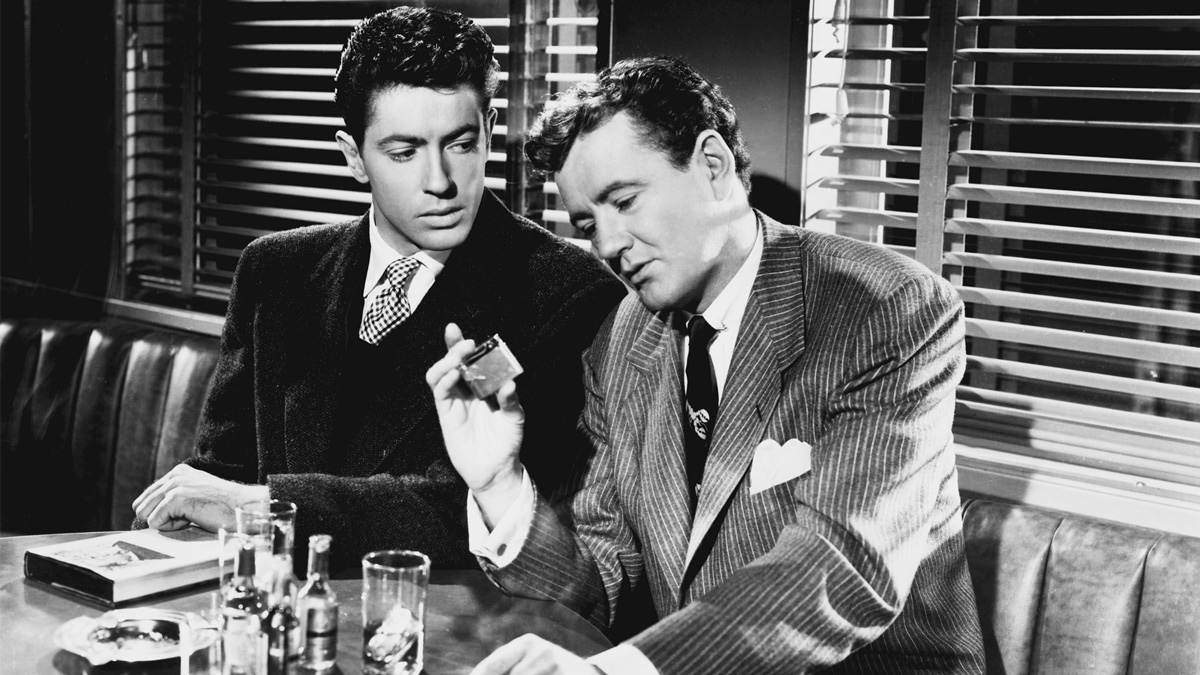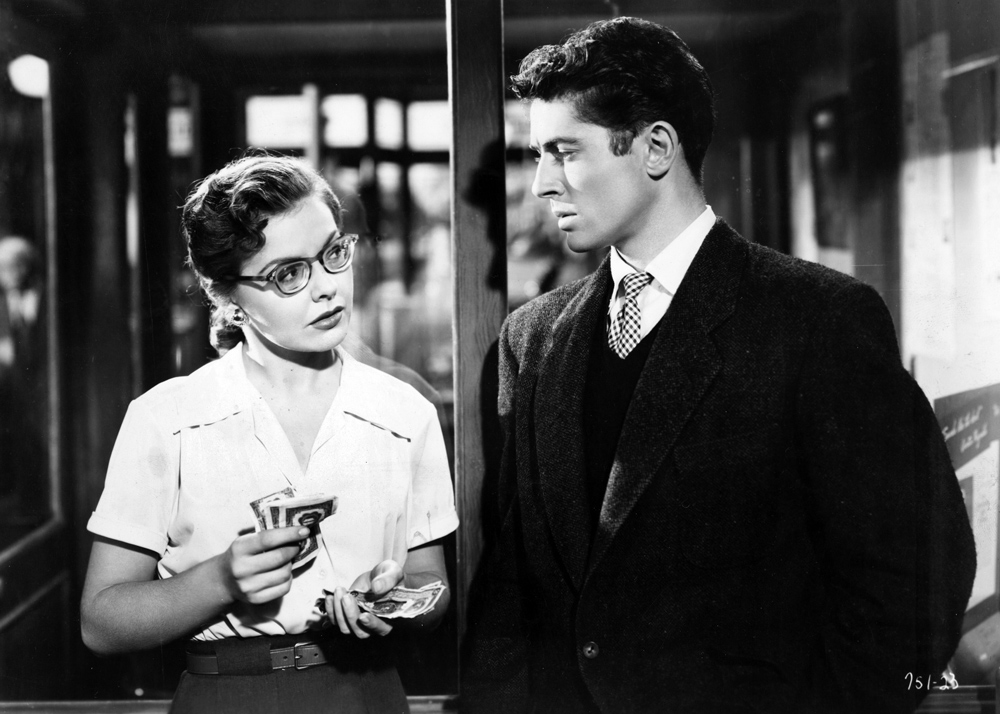
(c) Photofest / Getty Images
"Strangers on a Train" A nightmare beckoned by a doppelganger
2023.08.15
How to “draw” and “tell” a story
"' Strangers on a Train' was not a project that was assigned to me, but a theme that I chose myself. It was a topic that I thought would work well." (*1)
says Hitchcock. Following the box office failures of Capricorn (1949) and Stage Fright (1950), he returned to his roots in purer thrillers in an attempt to regain his reputation as a master of suspense. As the masters say, the way to go is to ``run for cover''. The plan was a resounding success. Of Hitchcock's 53-film career, ``The Strangers on a Train'' is considered one of his masterpieces.
Raymond Chandler was invited as the scriptwriter for this film. Yes, he is the same legendary hard-boiled writer who brought to life works such as `` The Big Sleep '' and `` The Long Farewell ,'' which feature private detective Philip Marlowe as the main character. However, due to financial difficulties, in the early part of his career he worked on screenplays in addition to writing novels (directed by Billy Wilder, `` Midnight Confessions '' (1944), directed by George Marshall, ``Blue Terror' '). (46) etc.). Although Chandler considered the original Strangers on a Train to be a "dumb little story," he accepted the job for financial reasons.

"Strangers on a Train" (c)Photofest / Getty Images
In many cases, great artists are incomparable. The relationship between Hitchcock and Chandler was also never good. In fact, it might be more accurate to call it the worst. It was a conflict that clearly showed the difference in the qualities of the two men. As a true visual artist, Hitchcock was particular about how to depict a story. The series of shots that cut back and follow the feet of two men as they get off from separate taxis, until their shoes intersect, can be said to be a symbolic expression unique to movies.
On the other hand, Chandler, as a natural novelist, was particular about how to ``tell'' a story. He believed it was more important to delve deeper into the characters and present their personalities and motivations to the audience. Naturally, their opinions are parallel. Breaking up was only a matter of time.
Conflict with Raymond Chandler

